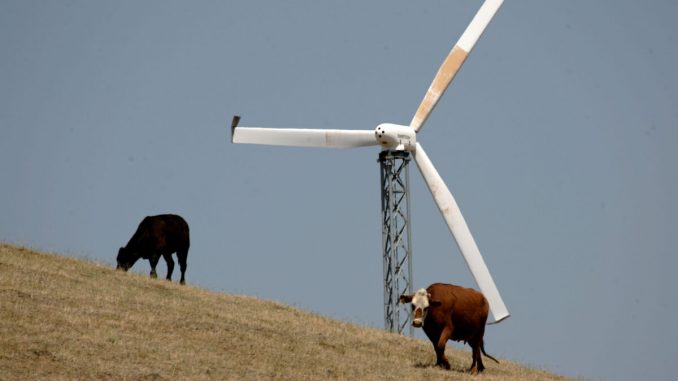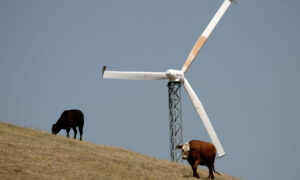

Commentary
Three California regions were among 10 throughout the nation that fell most significantly in a recent ranking of 200 large metropolitan areas.
The areas around Salinas, Santa Cruz and Oakland were among the regions that plunged furthest in The Milken Institute’s annual report.
The “wooden spoon” went to Salinas in the central agricultural valley, which dropped 90 spots this year. The area fell from 40th place in the 2020 ranking to the 131rd spot in the 2021 ranking.
The rankings of Santa Cruz and Watsonville—as well as those in the Oakland, Berkeley, and Livermore area—also fell precipitously. Santa Cruz-Watsonville fell 72 positions from being the 52nd ranked metro area in 2020 to number 124 this year. The Oakland-Berkeley-Livermore fell 48 places, the 10th worst fall, from number 17 to the 65th spot.
The authors of the ranking, from The Milken Institute’s Center for Regional Economics, said the cities where rankings fell the greatest were “close to larger metropolitan engines of economic growth but without the jobs and salaries in high-tech industries to compensate for high costs of living.”
As a result, many were profoundly affected by the economic shock of the COVID-19 pandemic.
The index ranks 200 large cities with populations of more than 250,000 and 201 “small cities” with populations greater than 60,000. It considers job growth, wage and salary growth, what portion of the local economy is tied to high-tech, access to broadband, and affordability of housing.
The authors wrote that California’s usually outstanding cities, including San Francisco and San Jose, both fell from being among the U.S.’s best performing cities due to the high cost of housing and a strong negative shift in short-term job growth.
Regions that Gained
While California cities were falling in ranking, cities in the mountain regions of Utah and Idaho, as well as the southeast, ranked high on the list.
This year’s top large metropolitan area in the nation was Provo-Orem, Utah. The region took the top spot “on the strength of job, wage and high-tech GDP growth,” the authors wrote.
This year’s top small metropolitan area in the U.S. was Idaho Falls, Idaho. Idaho Falls “experienced short- term job growth of 4.7 percent and includes the ninth-best high-tech GDP concentration among all small cities,” according to the report.
Summarizing, The Milken Institute authors wrote: “The center of gravity of the best-performing large cities—and many high-tech industries in general—has shifted from its traditionally dominant centers in California and Massachusetts to the intermountain West and the South.”
Tim Shaler is a professional investor and economist based in Southern California. He is a regular columnist for The Epoch Times, where he exclusively provides some of his original economic analysis.
Views expressed in this article are the opinions of the author and do not necessarily reflect the views of The Epoch Times.





Be the first to comment